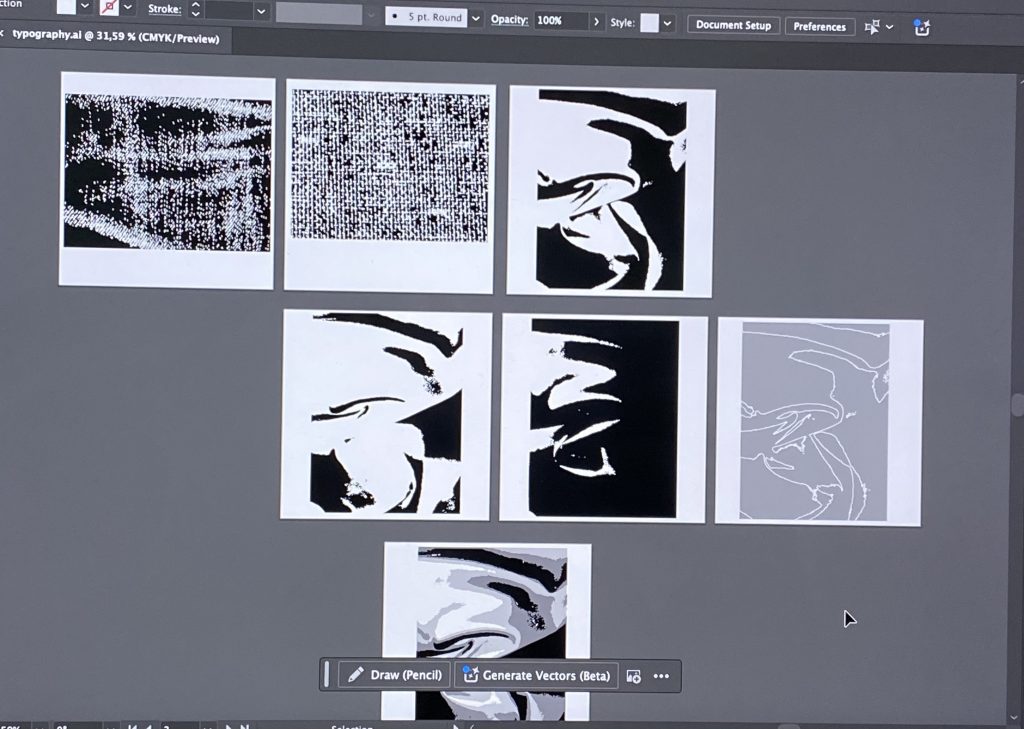In our studio facilitated by Matthew, we worked in groups to discuss a series of prompts from the brief drawing from the required reading: Neil Cummings, ‘Common’, in Distributed, David Blamey and Brad Haylock, eds., Open Editions, 2014.
- what are the working definitions for ‘vectors’ and ‘commons’?
We agreed that a ‘common’ is a resource that is freely available to everyone, while a ‘vector’ facilitates the distribution or control of these resources and is often quantifiable.
2. Identify three or four resources that designers draw from that could be considered ‘commons’.
- colour
- images
- creativity and production from labour
3. which of these commons is distributed through a vector? who owns this vector? How do they direct this resource? What impact does this have on your work (positive and negative)?
We decided to focus on fabric as a common, or in other words, clothing and the human right to clothes. A vector of this common could be fabric factories, clothes brands and shops, etc. It has a positive impact in that it allows us to access different types of clothes from different designers, but it negatively impacts us in that there is an exclusivity to clothes that can isolate certain people.
4. What are the ‘externalities’ of this vector?
An externality of this vector would be people not having access to a basic right to clothes due to lack of finances.
Exercise
Through a method of design, our group visualised the manufacturing (‘vector’) or clothes and textiles (‘common’) as our chosen topic. We brainstormed a couple of ideas in design that used a mix of raster and vector as was talked about during the presentation by Matthew. We explored the idea of typography and texture of patterns in materials used for clothing, as well as the process of manufacturing clothes at a factory and deconstructing that visually.


Using Adobe Illustrator, we pulled raster images from the web of flat material textures like denim, silk, and knitwear, then image traced them to create a vectorised image of these textures. We noticed when zooming into the vectorised images that letters (or shapes that resembled letters) would appear. We also deconstructed the images and assembled them back together using different shades to depict the process of manufacturing.
Leave a Reply